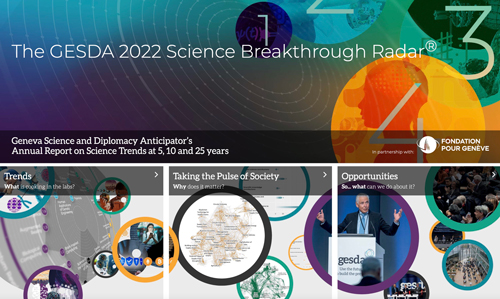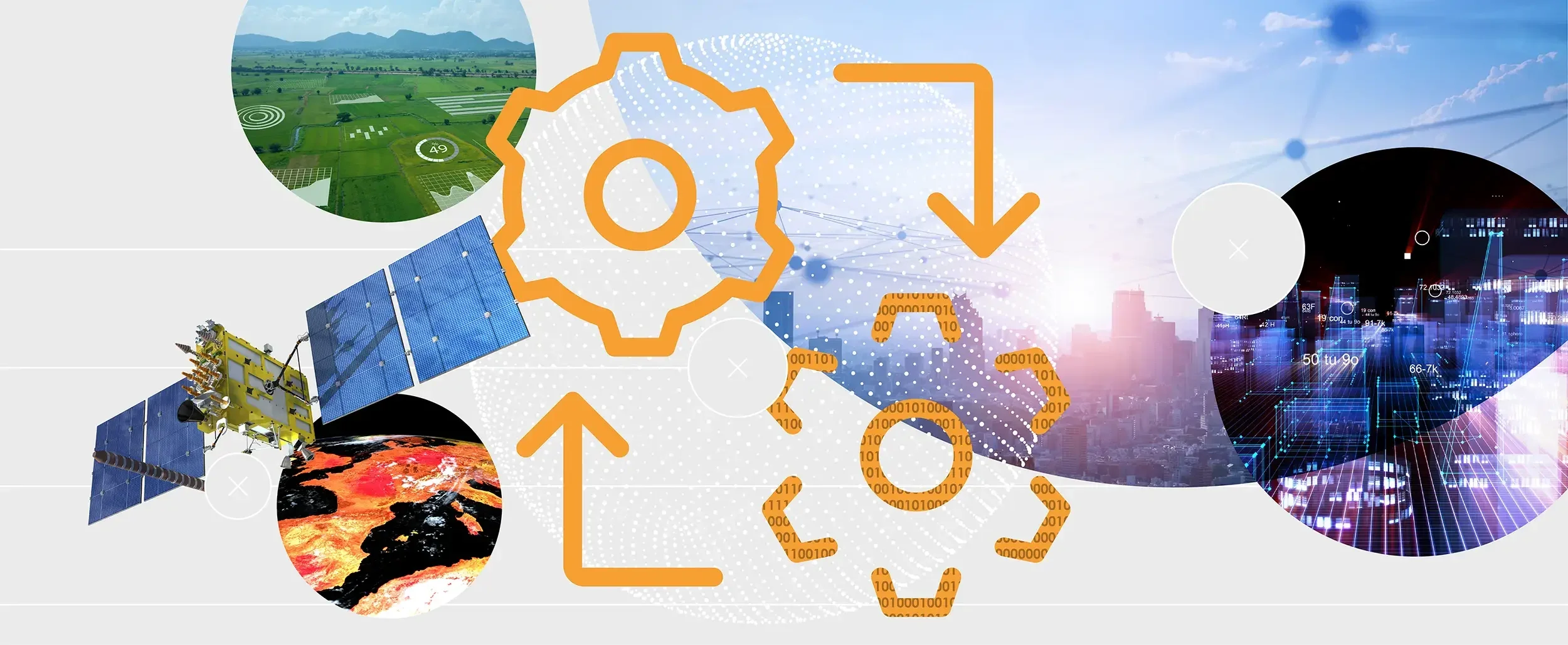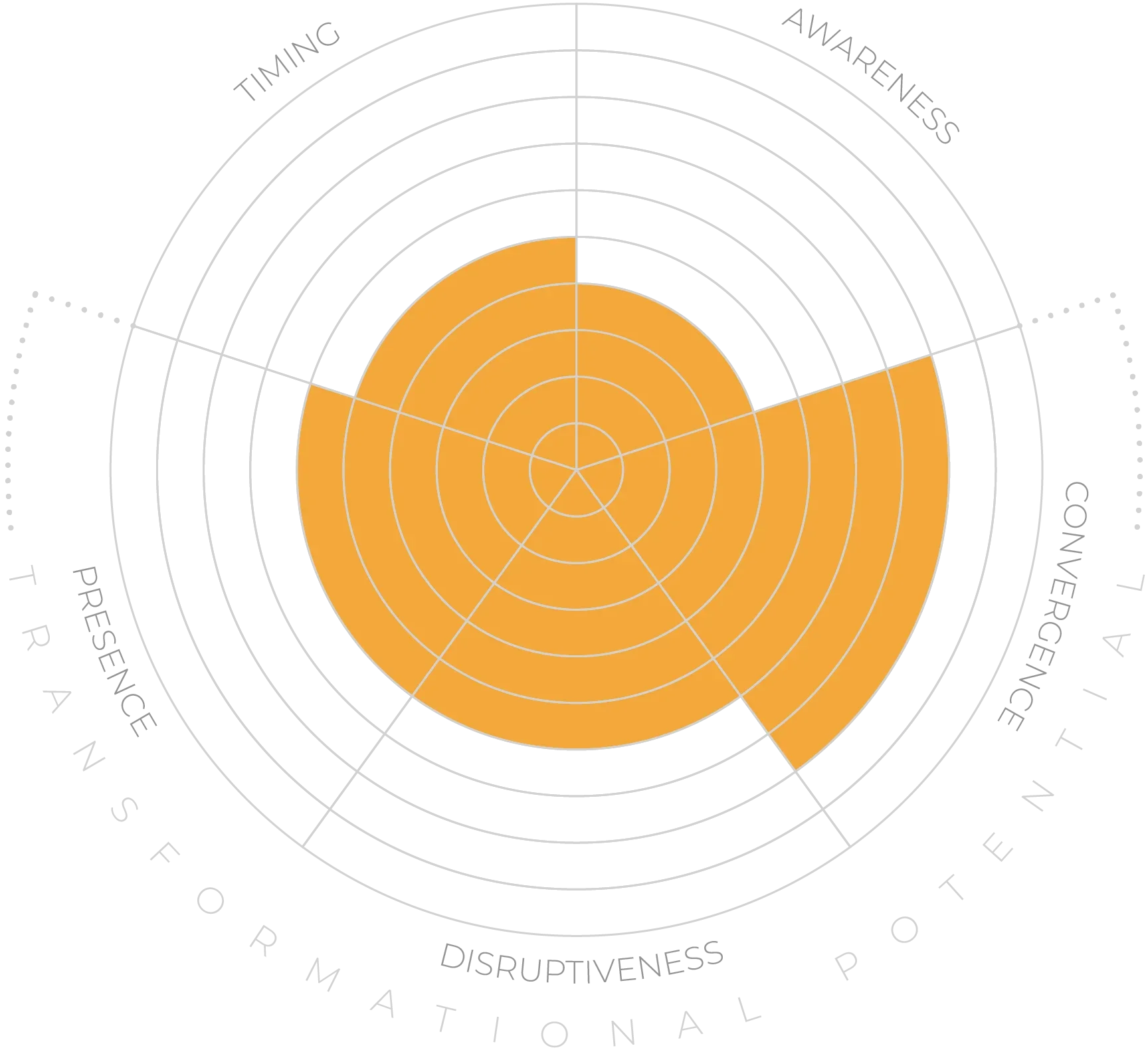These challenges are now becoming tractable thanks to expansion of our ability to collect and analyse data about SESs through satellite imagery,12 in situ networks of ecosystem1314 and urban15 sensors, and automated aggregation of economic and social data.16 This in turn makes it possible to build computer models that simulate processes taking place in a wide variety of systems, and at a wide variety of scales.
Initially, these models were confined to physical processes, with climate modelling being by far the best-known example,17 but as our data-gathering capabilities have expanded, we have now started to model ecosystems18 and various dimensions of societies such as urban planning19 and health20 as well. Research is underway into the use of these models as decision-support tools for policy makers.21
Technology vendors have put forward the idea of integrated “digital twins” that spans physical, biological, social and economic dimensions from local to global scales, and particularly integrated models of cities. However, the case for these has yet to be proven, especially with regards to less wealthy communities, where the focus is more on using digital tools at more granular levels, such as buildings information management,22 and on immersive technologies that allow decision-makers to better evaluate the results of urban or environmental interventions.23


